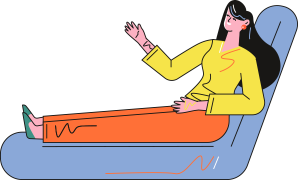Can patients with pneumoconiosis eat watermelon?
Patients with pneumoconiosis are quite common, likely due to the long-term presence of polluted dust particles in the environment, which cause this occupational disease when inhaled. Typically, patients with pneumoconiosis can alleviate some of their clinical discomfort symptoms through medication. Clinically, pneumoconiosis is a very slow-progressing disease, and usually, the treatment duration is relatively long. The consequences for these patients are generally severe. Therefore, even if the symptoms are well controlled by medication, it is still recommended that patients with pneumoconiosis avoid spicy and irritating foods as much as possible and eat fresh vegetables and fruits appropriately. Watermelon is permissible for pneumoconiosis patients to consume, especially during the hot summer. Eating watermelon not only provides nutrition and cools the body but also helps relieve symptoms such as chest tightness and shortness of breath caused by overheating.
Trending Health Topics

Get the latest health & wellness news daily right to your inbox.


 Subscribe
Subscribe


